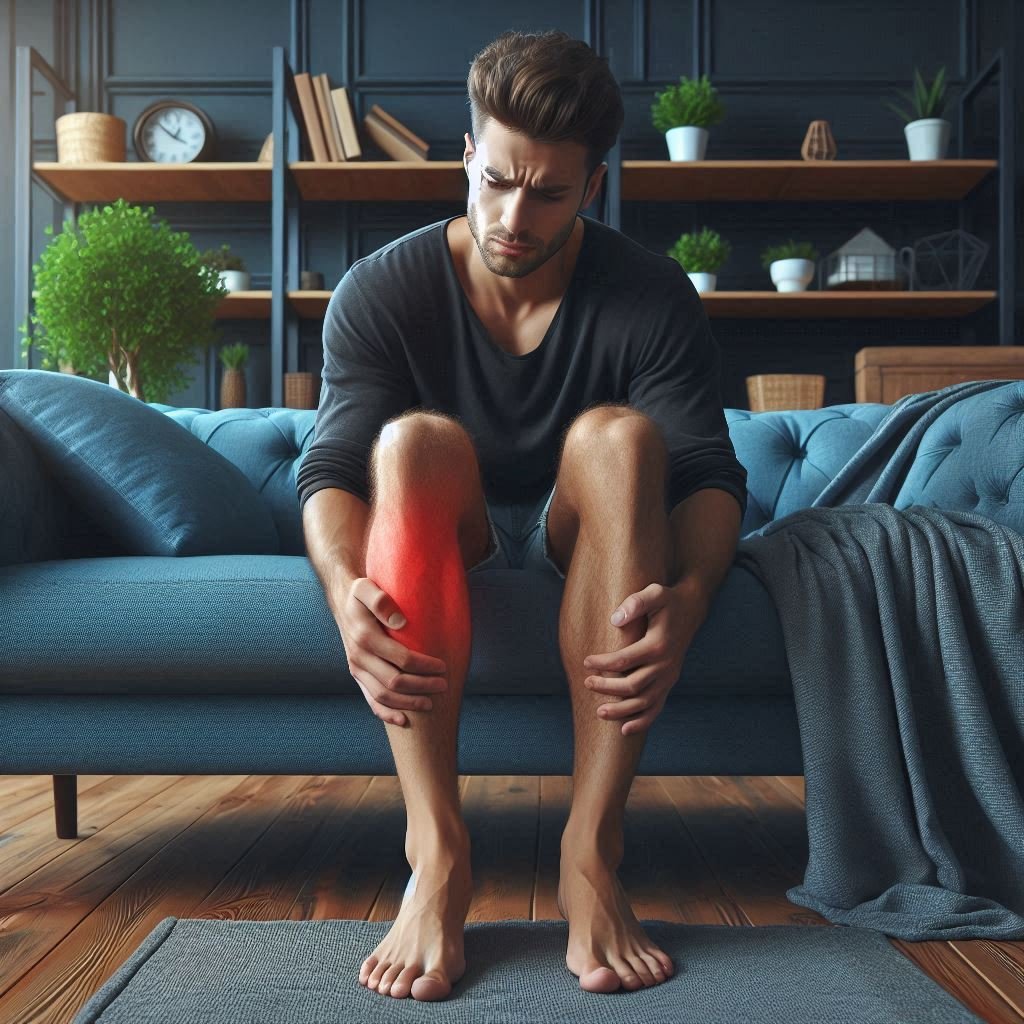
Varicose veins are swollen, twisted and unsightly veins (usually on the legs) that look lumpy and bluish through the skin. Blood is collected in the superficial veins of the leg, just below the skin surface, and delivered to deeper veins that run within the calf muscles. There are several different ways to remove varicose veins. Surgery is usually the best option for varicose veins visible beneath the skin. It is usually most effective in the largest varicose veins which will be completely removed. It is also effective for smaller varicose veins. Treatment can be undergone for therapeutic or cosmetic reasons. surgery can get rid of your varicose veins.
Surgery will not help thread or spider veins which are found within the layers of the skin itself and cannot be physically removed. The surgeon makes a cut at the bottom (ankle end) and the top (groin end) of the varicose vein. A thin, plastic, tube-like instrument is placed into the vein and tied around it. When the tube is pulled out, it pulls the vein from out under the skin. Small surgical cuts can also be made over individual veins to remove them. The operation is usually performed under a general anaesthetic and you are asleep and unaware throughout the procedure. The commonest operation (high tie or saphenofemoral ligation) is where a cut is made in the groin over the top of the main varicose vein. The risks for any surgery include Bleeding ,infection and bruising.
The commonest operation (high tie or saphenofemoral ligation) is where a cut is made in the groin over the top of the main varicose vein. Surgeons can remove varicose veins in several different ways. You can talk to your surgeon about how he or she plans to do your operation. The surgeon will usually remove only the section of vein between your groin and knee. Less often, the whole vein is taken out from groin to ankle. Surgeon makes two cuts: a five-centimetre (two-inch) cut along the crease in your groin, and a one-centimetre (half-inch) cut lower down your leg, usually on the inside of your knee.The surgeon then looks inside your groin and finds the top of the main surface vein in your leg. This vein is tied off at the top (and sometimes the lower end) to stop blood flowing through it.
This is called ligation. A thin, bendy wire is then passed down through the vein to the lower cut. There’s a stripping tool at the upper end of the wire. Surgeons can use an electric device that sucks small bits of vein out of your leg. The surgeon uses a light, which goes under your skin to see the veins that need to be removed. This operation is called transilluminated powered phlebectomy. Surgery seems to work for longer than injections do. Anaesthetics can have side effects. These are more likely with a general anaesthetic. Some of the common side effects of varicose vein surgery include swelling, scaring although scars tend to be less noticeable than varicose veins and fade with time and skin and calf muscle may be painful, swollen and bruised.




